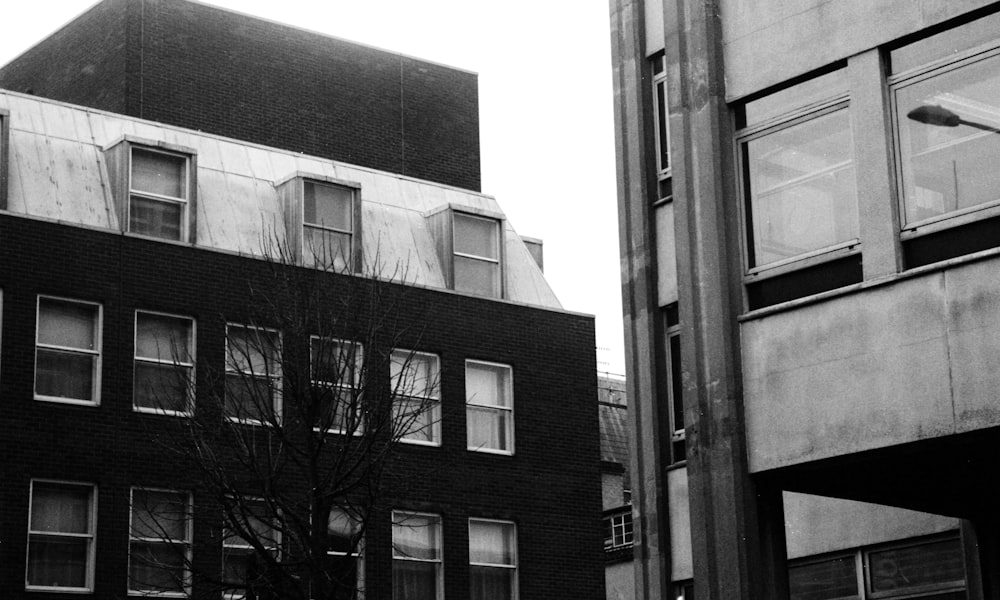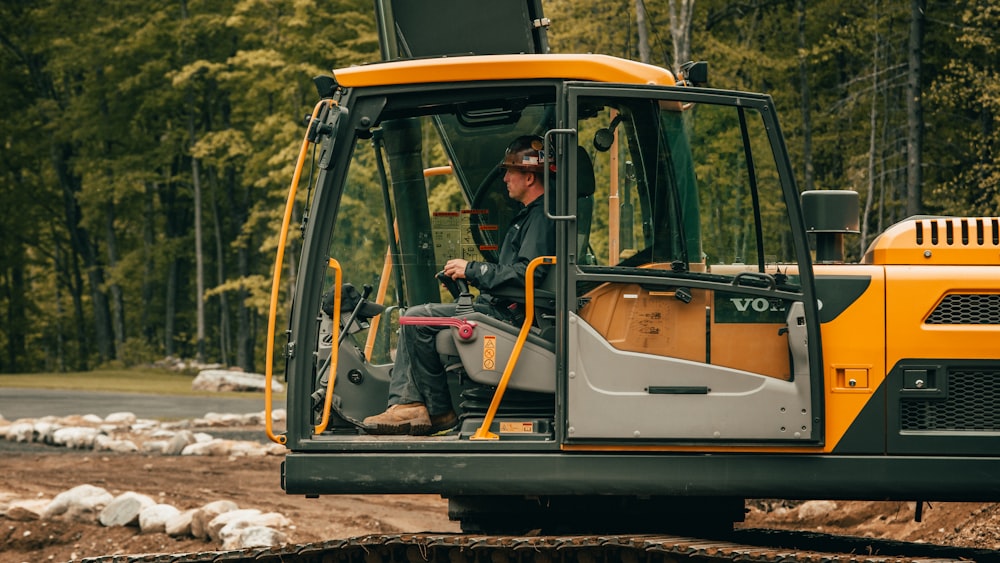The Evolution of Urban Design Architectural Innovations

Introduction
Urban design is an ever-evolving field, constantly adapting to the changing needs and dynamics of urban life. Over the years, architectural innovations have played a significant role in shaping the way our cities look and function. From ancient civilizations to modern metropolises, the evolution of urban design reflects not only advancements in technology but also shifts in cultural, social, and environmental priorities.
Ancient Foundations: The Birth of Urban Design
The roots of urban design can be traced back to ancient civilizations such as Mesopotamia, Egypt, and Greece. These early urban centers were characterized by organized layouts, with streets, buildings, and public spaces carefully planned to accommodate the needs of growing populations. Architectural innovations such as aqueducts, sewage systems, and monumental structures laid the foundation for urban development and set the stage for future innovations.
Medieval Urbanism: From Castles to Towns
During the Middle Ages, Europe saw the rise of feudalism and the emergence of fortified towns and cities. The layout of medieval cities was often dictated by defense considerations, with walls, moats, and castle fortifications shaping the urban landscape. However, as trade and commerce flourished, medieval cities began to expand beyond their defensive walls, giving rise to bustling marketplaces, guild halls, and civic buildings.
Renaissance Revival: Humanism and Urban Planning
The Renaissance period marked a rebirth of interest in classical architecture and urban planning principles. Inspired by the ideals of humanism, Renaissance architects sought to create harmonious and proportionate urban environments that celebrated the achievements of humanity. Prominent examples include the redesign of cities such as Florence and Rome, where grand piazzas, palaces, and churches were built to showcase the power and wealth of the ruling elite.
Industrial Revolution: Urbanization and Social Change
The Industrial Revolution brought about profound changes in urban design, fueled by rapid urbanization and technological advancements. The rise of factories, mills, and railways transformed the urban landscape, leading to overcrowded slums, polluted air, and unsanitary living conditions. However, the Industrial Revolution also saw the emergence of new architectural typologies such as tenement housing, department stores, and railway stations, which shaped the modern cityscape.
Modernism and the City Beautiful Movement
The early 20th century witnessed the rise of modernism and the City Beautiful movement, which sought to improve the quality of urban life through design and planning. Influenced by the ideas of progress, efficiency, and hygiene, modernist architects embraced new materials and construction techniques to create sleek, functional buildings that reflected the spirit of the times. The City Beautiful movement, on the other hand, focused on beautifying cities through the creation of parks, boulevards, and monumental civic structures.
Postwar Reconstruction: Urban Renewal and Redevelopment
The devastation of World War II prompted a wave of urban renewal and redevelopment efforts in cities around the world. In the postwar period, architects and planners sought to rebuild and modernize urban areas damaged by bombing raids and neglect. The result was a mix of architectural styles, from sleek glass-and-steel skyscrapers to Brutalist concrete structures, as cities grappled with the challenges of accommodating growing populations and changing lifestyles.
Sustainable Urbanism: Designing for the Future
Today, the focus of urban design has shifted towards sustainability, resilience, and inclusivity. Architects and planners are embracing green building practices, renewable energy sources, and mixed-use developments to create more livable and environmentally friendly cities. From green roofs and rainwater harvesting systems to pedestrian-friendly streets and community gardens, the latest architectural innovations are shaping the cities of tomorrow in ways that are both innovative and sustainable.
Conclusion
The evolution of urban design is a testament to human ingenuity, creativity, and adaptability. From ancient civilizations to modern metropolises, architectural innovations have played a crucial role in shaping the way we live, work, and interact with our urban environments. As we continue to face new challenges such as climate change, urbanization, and social inequality, the future of urban design will undoubtedly be shaped by bold ideas, innovative technologies, and a commitment to creating cities that are not only beautiful and functional but also equitable and sustainable. Read more about urban design architecture



![Discover the Future of [Product Category] Discover the Future of [Product Category]](https://images.unsplash.com/photo-1700104494865-200e961d942c?fm=jpg&q=60&w=3000&ixlib=rb-4.1.0&ixid=M3wxMjA3fDB8MHxzZWFyY2h8OXx8cHJvZHVjdCUyMGxhdW5jaCUyMG1hcmtldGluZyUyMGNhbXBhaWdufGVufDB8MHwwfHx8Mg%3D%3D)





